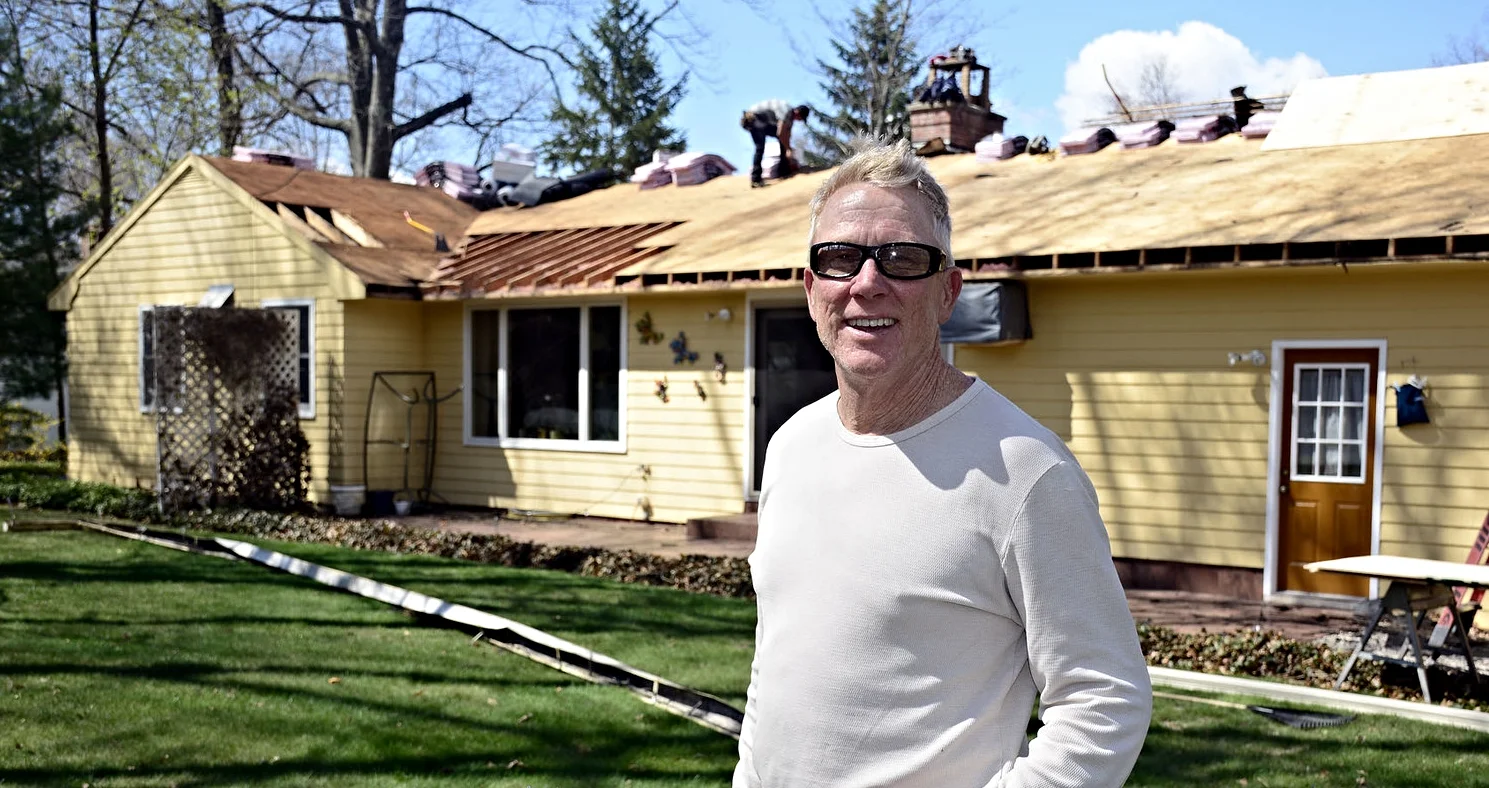Ventilation 101: How to Keep Your Attic from Turning Into a Sauna
Chelsea O'Donnell
Most homeowners don’t think about their attic unless something goes wrong. But during the hot, humid summer months in Connecticut, poor attic ventilation can cause a lot of problems. Some you’ll feel in your cooling bills, and others you might not notice until it’s too late.
Here’s why proper attic ventilation matters and how to know if your home needs an upgrade.
Why Your Attic Needs to Breathe
Your attic should be the same temperature as the air outside. That might sound surprising, but it’s true. In the summer, without proper airflow, your attic can easily reach 130°F or higher. That heat doesn’t just stay in the attic - it radiates down into your living space, forcing your air conditioner to work harder and driving up energy costs.
Hot, stagnant air can also cause your roofing materials to age prematurely. Shingles can blister, underlayment can warp, and moisture can build up, leading to mold, mildew, and even wood rot.
Good ventilation helps control both heat and moisture, keeping your attic and roof in better shape, and your home more energy-efficient.
The Basics of a Ventilation System
A well-ventilated attic has two things: intake and exhaust. These work together to create a continuous flow of air.
Intake vents (usually located in the soffits under your roof overhang) pull fresh air into the attic.
Exhaust vents (at the roof ridge, gables, or high up on the roof slope) allow hot, humid air to escape.
This system relies on the natural movement of air—cool air in, hot air out.
Common Ventilation Types
Ridge vents: Run along the peak of your roof and are often paired with soffit vents. They’re effective and barely noticeable from the street.
Soffit vents: Located under your eaves, they bring in cool outside air.Gable vents: Installed on the walls of the attic, often used in older homes.
Powered attic fans: Use electricity to actively pull hot air out. These can be helpful but aren’t always necessary if passive ventilation is working properly.
Signs of Poor Attic Ventilation
Your upstairs rooms are always hotter than the rest of the house.
You notice high energy bills in the summer.
Your roof shingles are curling or deteriorating faster than expected.
There’s mold or a musty smell in the attic.
You see frost or condensation in the attic during winter (yes, ventilation matters year-round).
Here in Connecticut, we deal with humid summers and cold winters, which means both heat and moisture are issues. That makes proper attic ventilation even more important. It’s not just about comfort, it’s about protecting your roof, improving air quality, and saving on long-term energy costs.
If you’re unsure whether your attic is properly ventilated, a quick inspection by a professional can help. It’s one of those home systems that’s easy to overlook, until it’s not.
Bob O’Donnell is the owner of O’Donnell Bros. Inc., a Bristol-based home improvement company established in 1975. Got a home issue you’d like Bob to tackle? Email info@odonnellbros.com with the subject line “Ask the Pro.” To contact Bob for your remodeling needs, call O’Donnell Bros. Inc. at (860) 589-5155 or visit http://www.odonnellbros.com. Advice is for guidance only.
